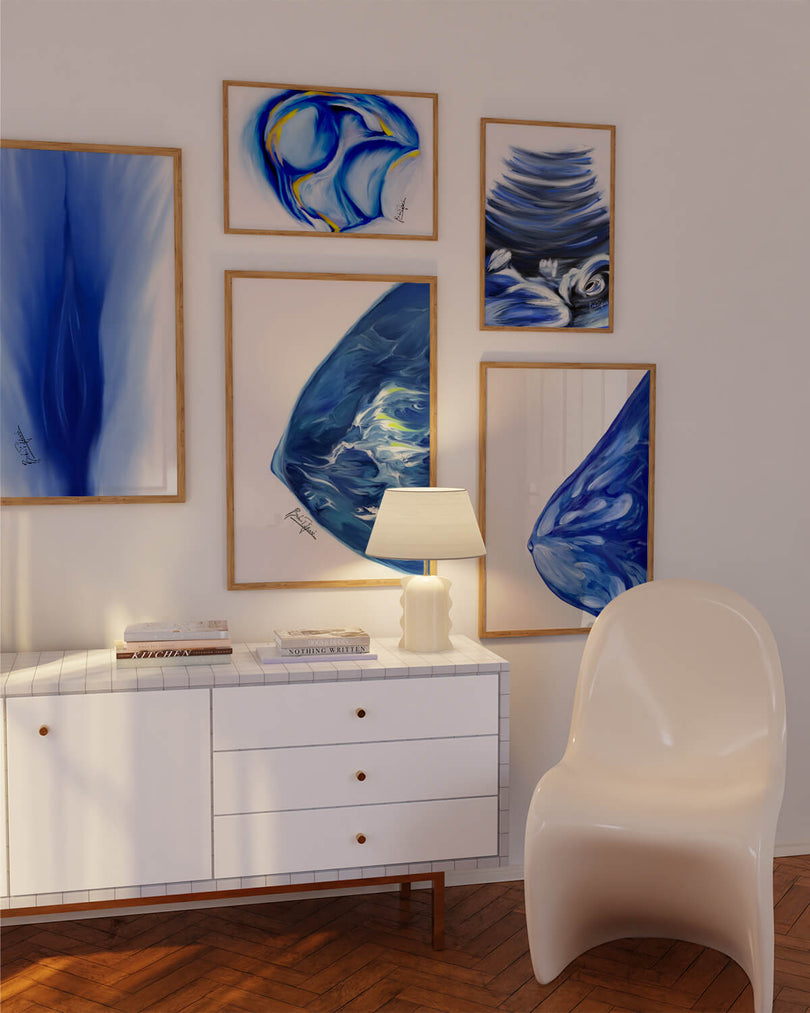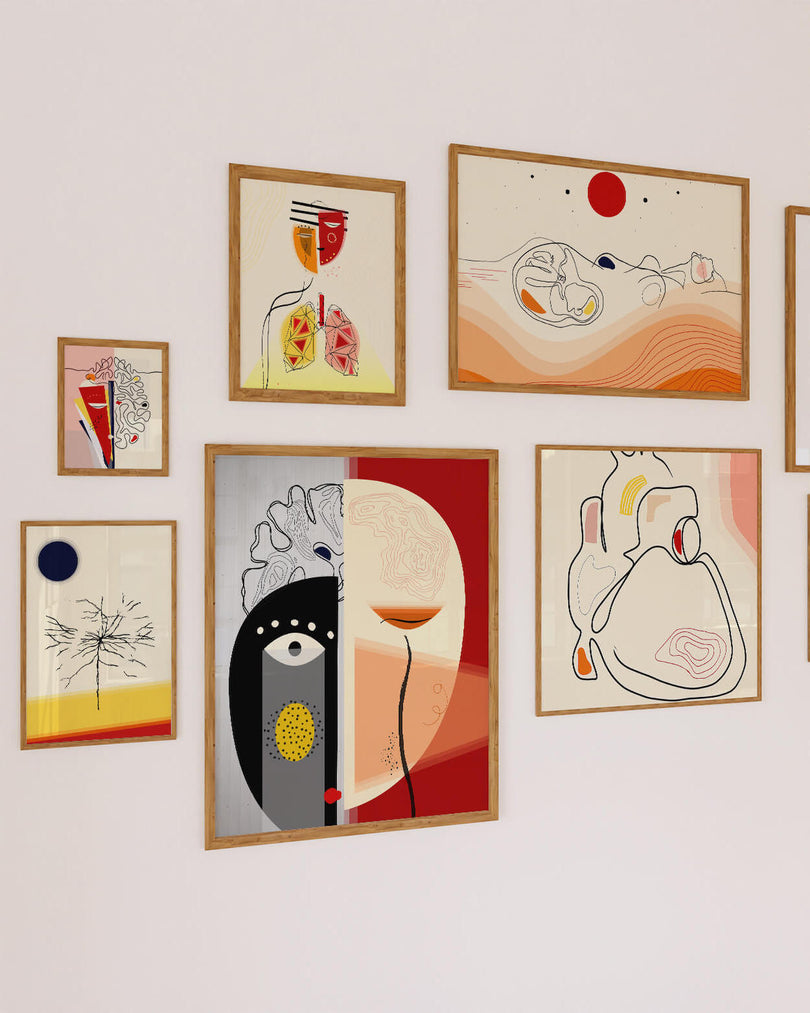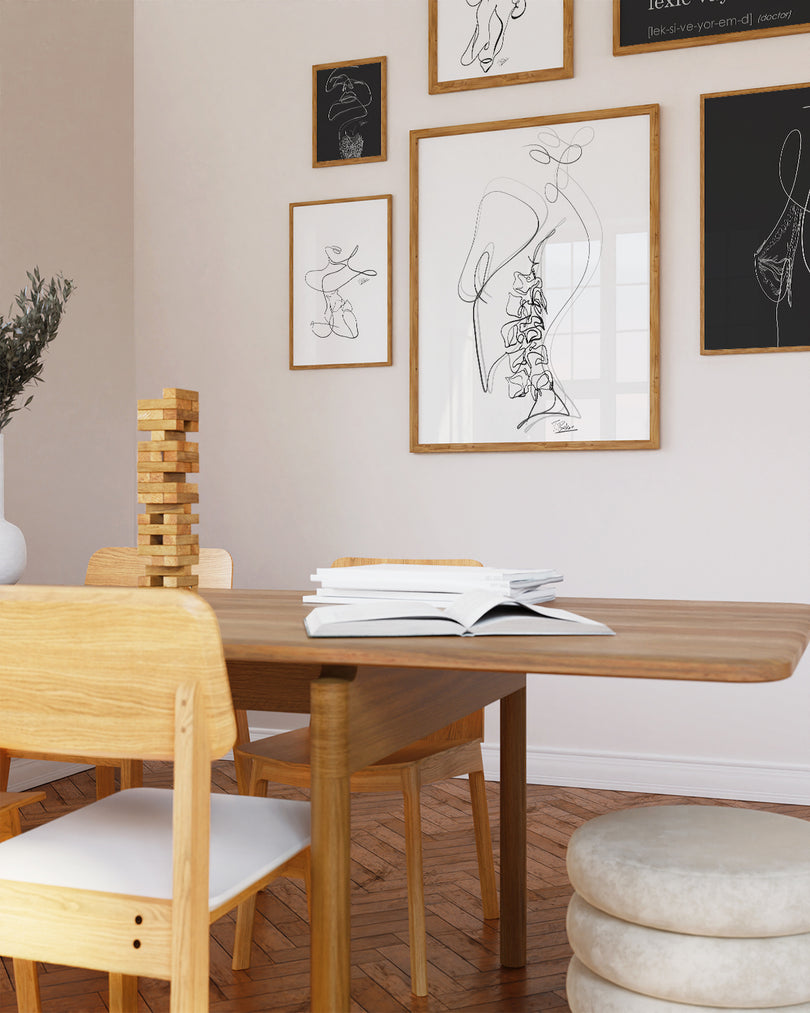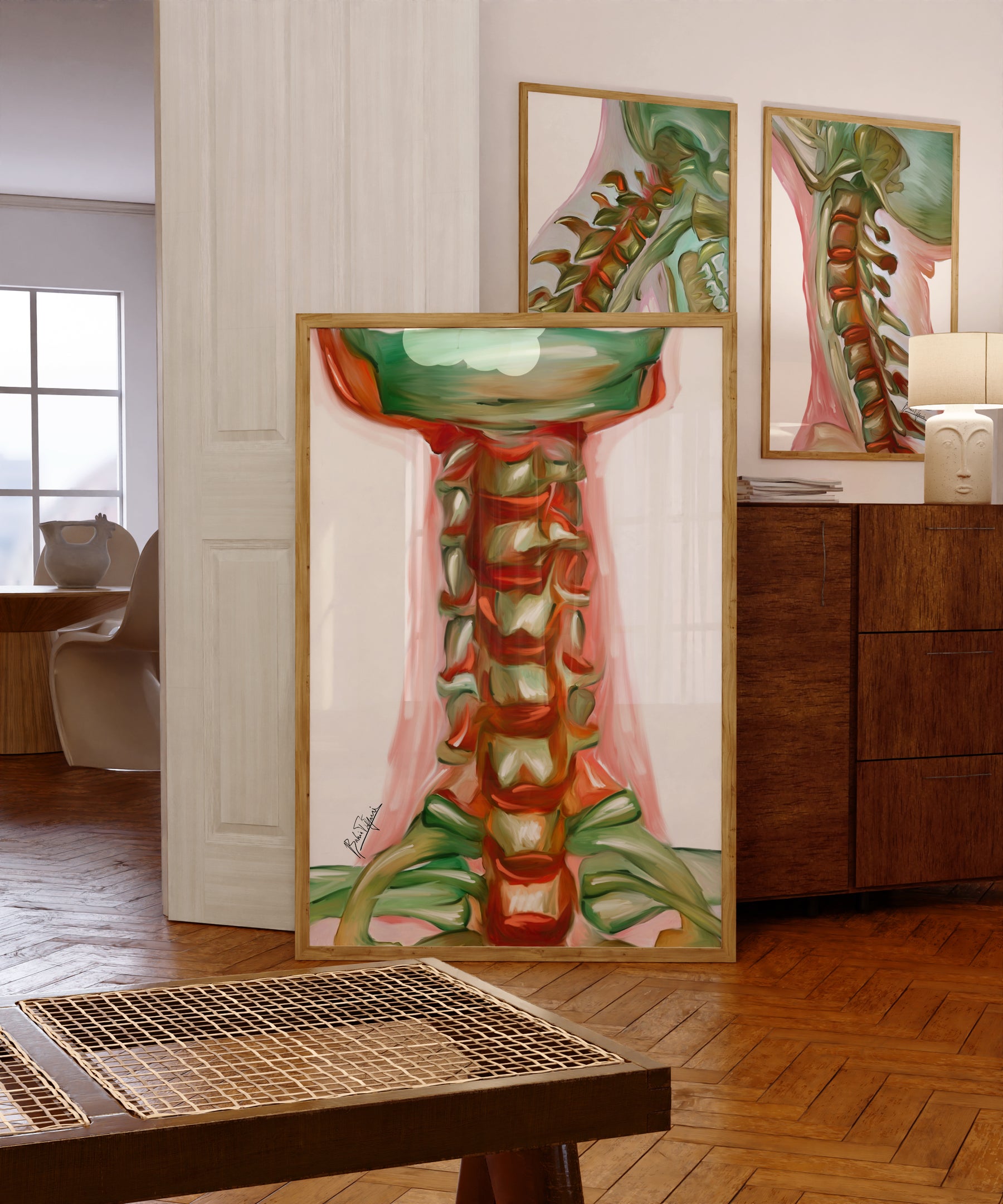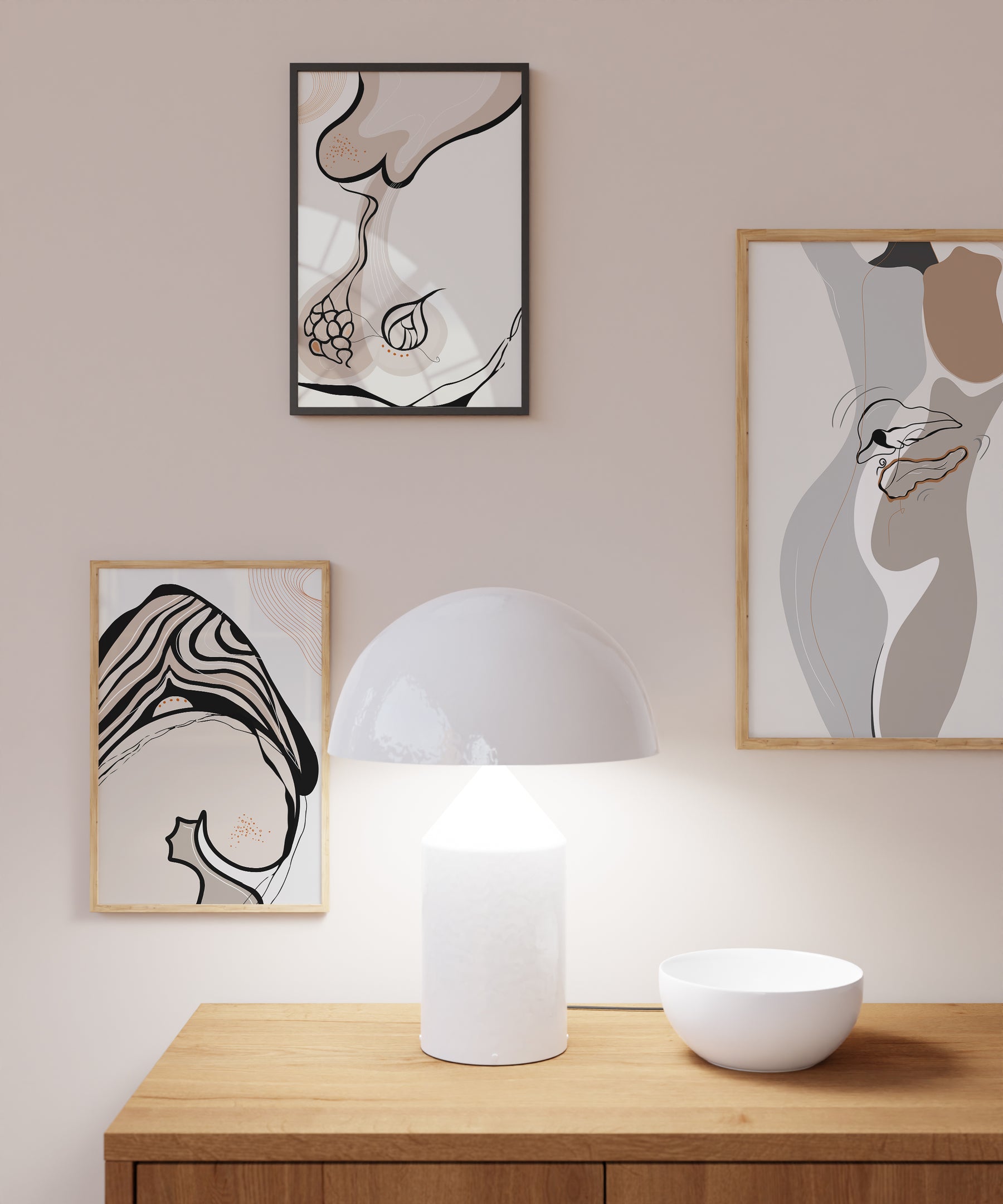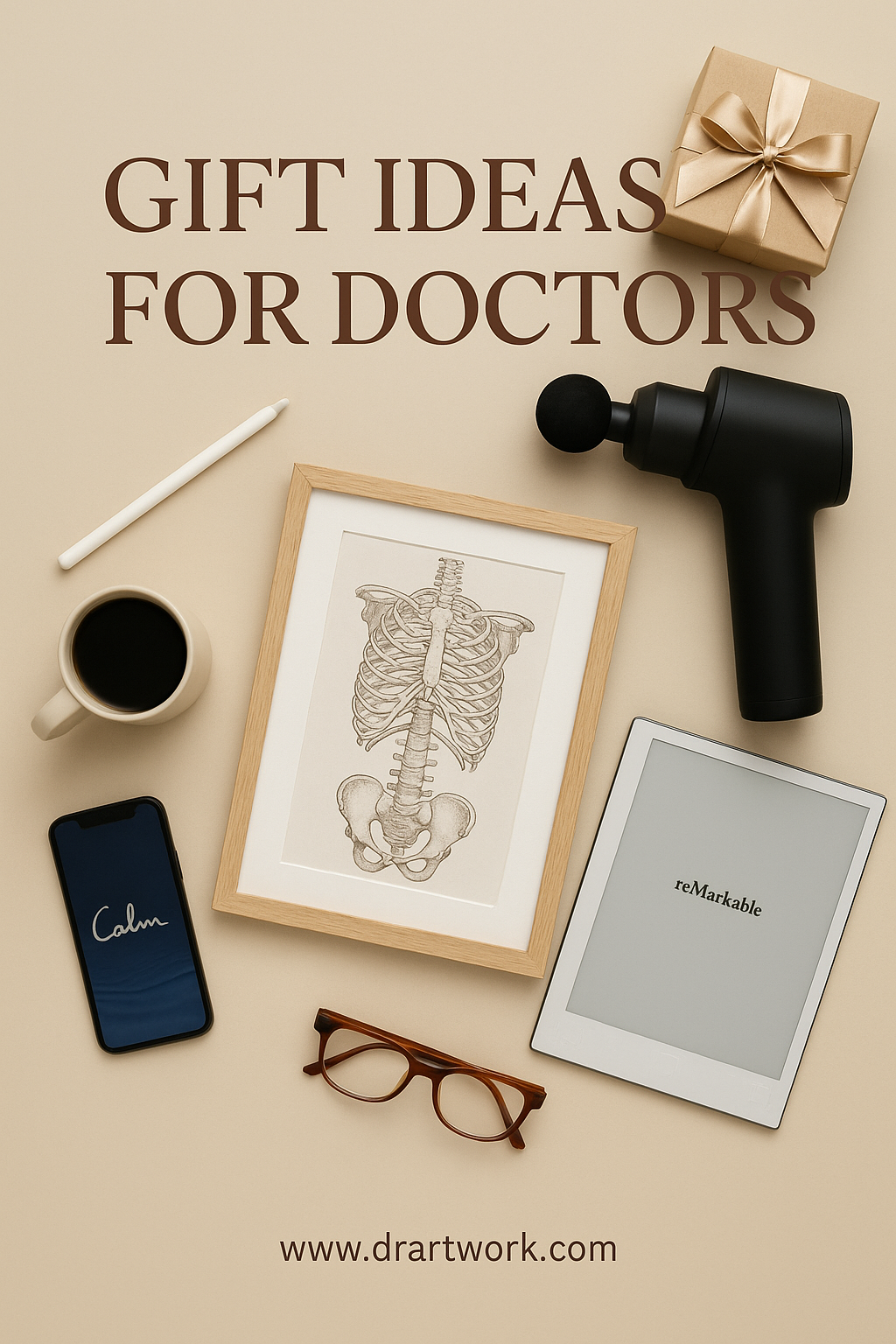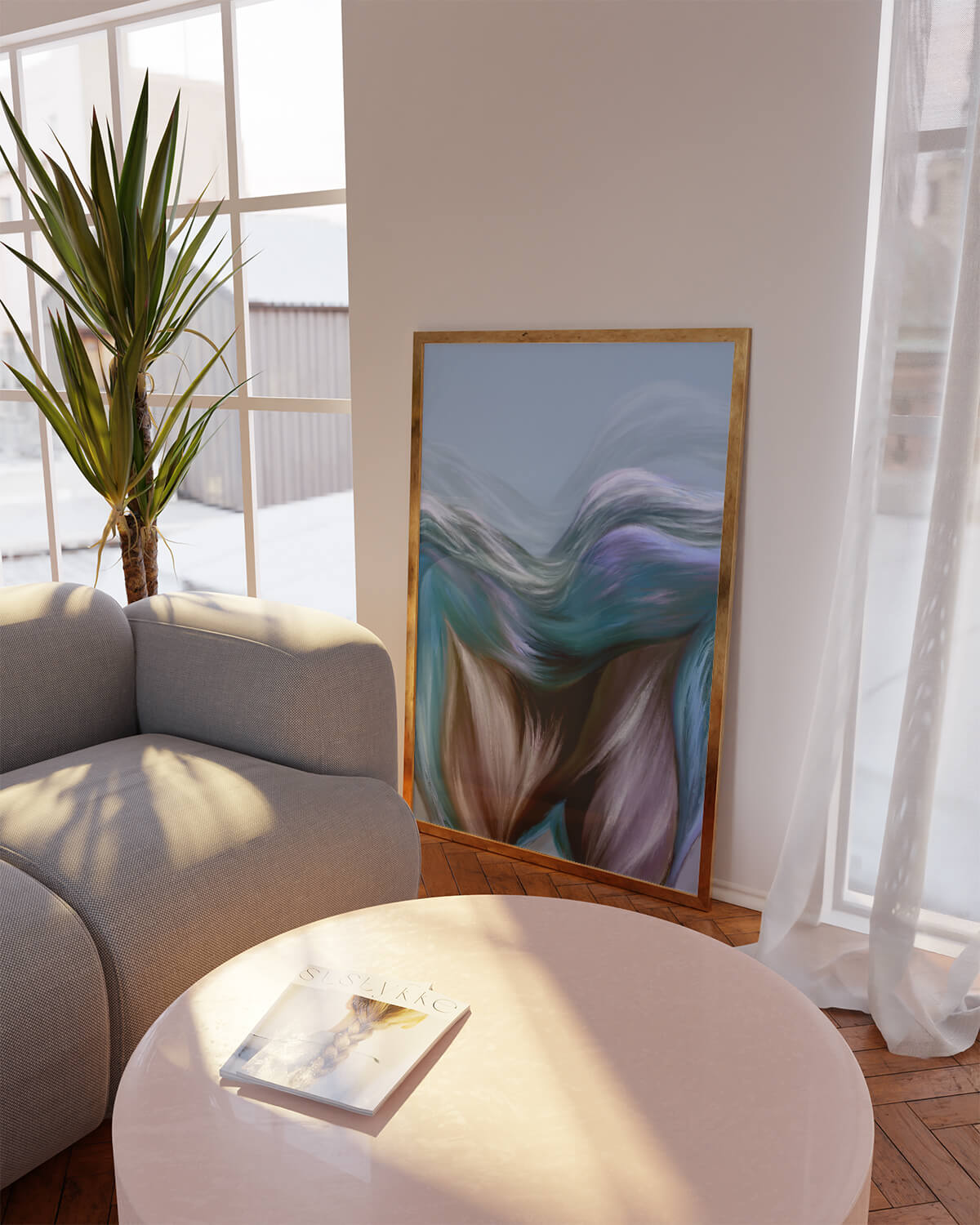(Backed by Science, Not Just Vibes)
You’ve probably felt it too: that sterile, tense energy in a waiting room filled with cold lighting, echoing silence, and blank white walls. It’s the kind of environment that makes patients more nervous before even seeing you.
Good news? A growing body of research says we can fix that—with art.
And no, we’re not talking about tossing up a random canvas. We're talking about carefully chosen, professionally displayed visuals that can literally change how patients feel—biologically and psychologically.
Let’s break down how it works and what science has to say.
1. Art Lowers Stress Markers in the Body
A major study published in The Journal of the Royal Society of Medicine found that patients exposed to visual art in hospital settings had significantly lower levels of stress-related hormones like cortisol and adrenaline.
Source: Staricoff et al., 2004 – J R Soc Med
Takeaway: Calm visuals (like nature, abstract forms, or soft anatomical art) may regulate the nervous system, creating a more relaxed state before and during procedures.

2. Nature and Figurative Art Improve Healing and Mood
A study in The Arts in Psychotherapy showed that nature-based and figurative art significantly improved patient moods compared to abstract or ambiguous art.
Source: Ulrich & Gilpin, 2008 – The Arts in Psychotherapy
Clinical Tip: Choose art that depicts gentle landscapes, flowing organic forms, or peaceful human anatomy to create a sense of safety and familiarity.
3. Art Activates Brain Regions Associated With Pleasure and Safety
Neuroaesthetic studies using fMRI scans found that viewing visual art activates the medial orbitofrontal cortex—the same brain region tied to reward, pleasure, and emotional regulation.
Source: Kawabata & Zeki, 2004 – NeuroReport
Application: The right wall art in a clinic doesn’t just look nice—it can make patients feel safe on a neurological level.
4. Art Improves Perceived Quality of Care
Hospitals that include artwork in their design report higher patient satisfaction scores. One Cleveland Clinic study found that patients in rooms with curated art reported better overall experiences.
Source: Nanda et al., 2012 – The Center for Health Design
Insight: Art not only helps patients feel better—it helps them perceive you as more attentive, professional, and human.
What You Can Do as a Doctor
No need for a full interior redesign. Here’s how to start:
-
Use calming anatomical art in treatment and consult rooms.
-
Hang landscape or organic abstract prints in waiting areas.
-
Place visual “distractions” (like ceiling art or side-wall prints) in procedure rooms.
-
Avoid harsh or chaotic imagery—opt for clean, cohesive, calming visuals.
And if you’re going the extra mile? Pair the art with natural light, soft background music, and warm colors.
Final Thoughts
Art isn’t fluff. It’s an evidence-based tool for reducing patient anxiety and improving clinic atmosphere—and it’s one of the easiest upgrades you can make. You already treat your patients with care; let your clinic’s walls reflect that same intention.
👉 Browse science-backed anatomy art created by a doctor, for doctors:
www.drartwork.com

